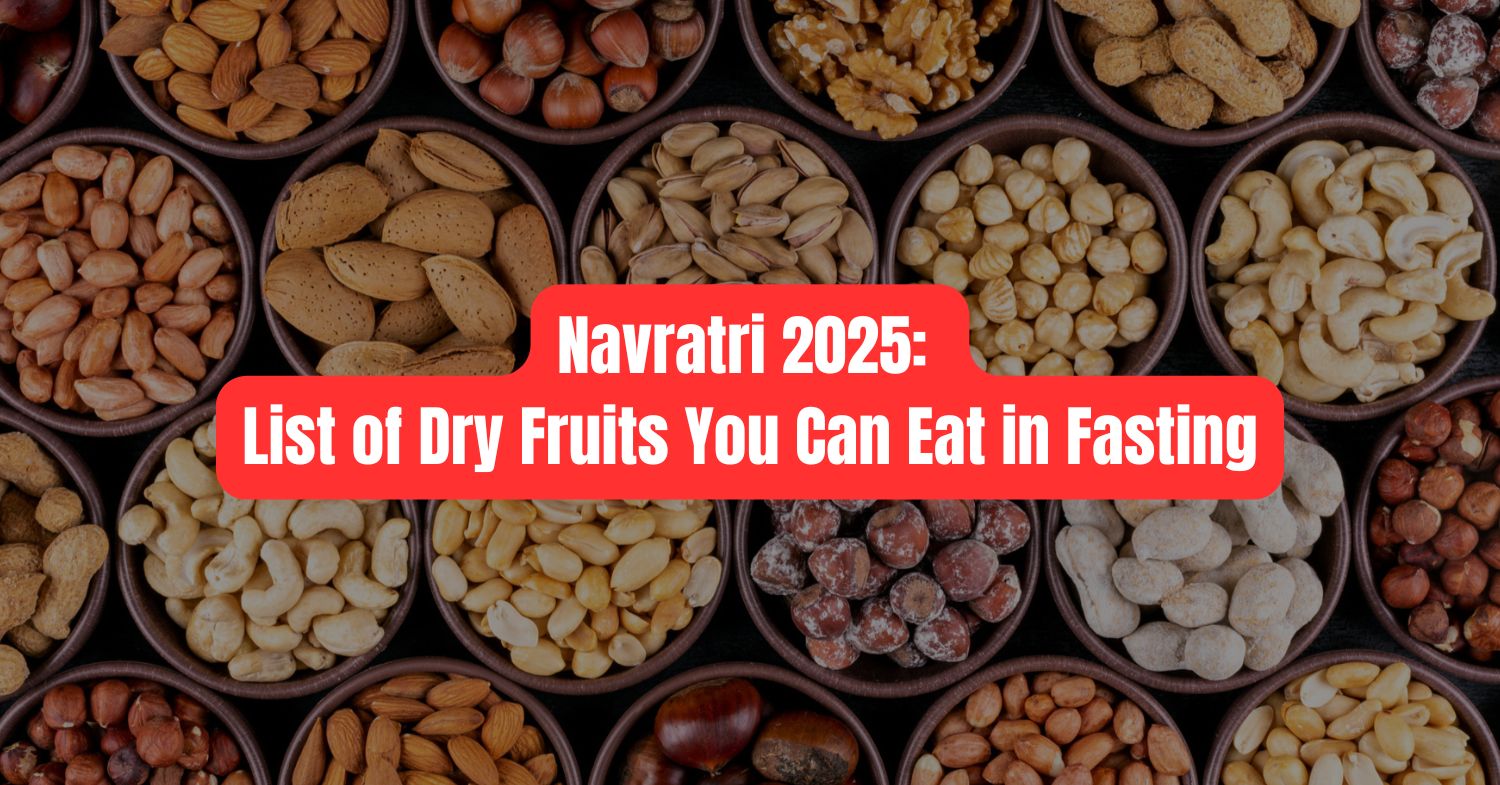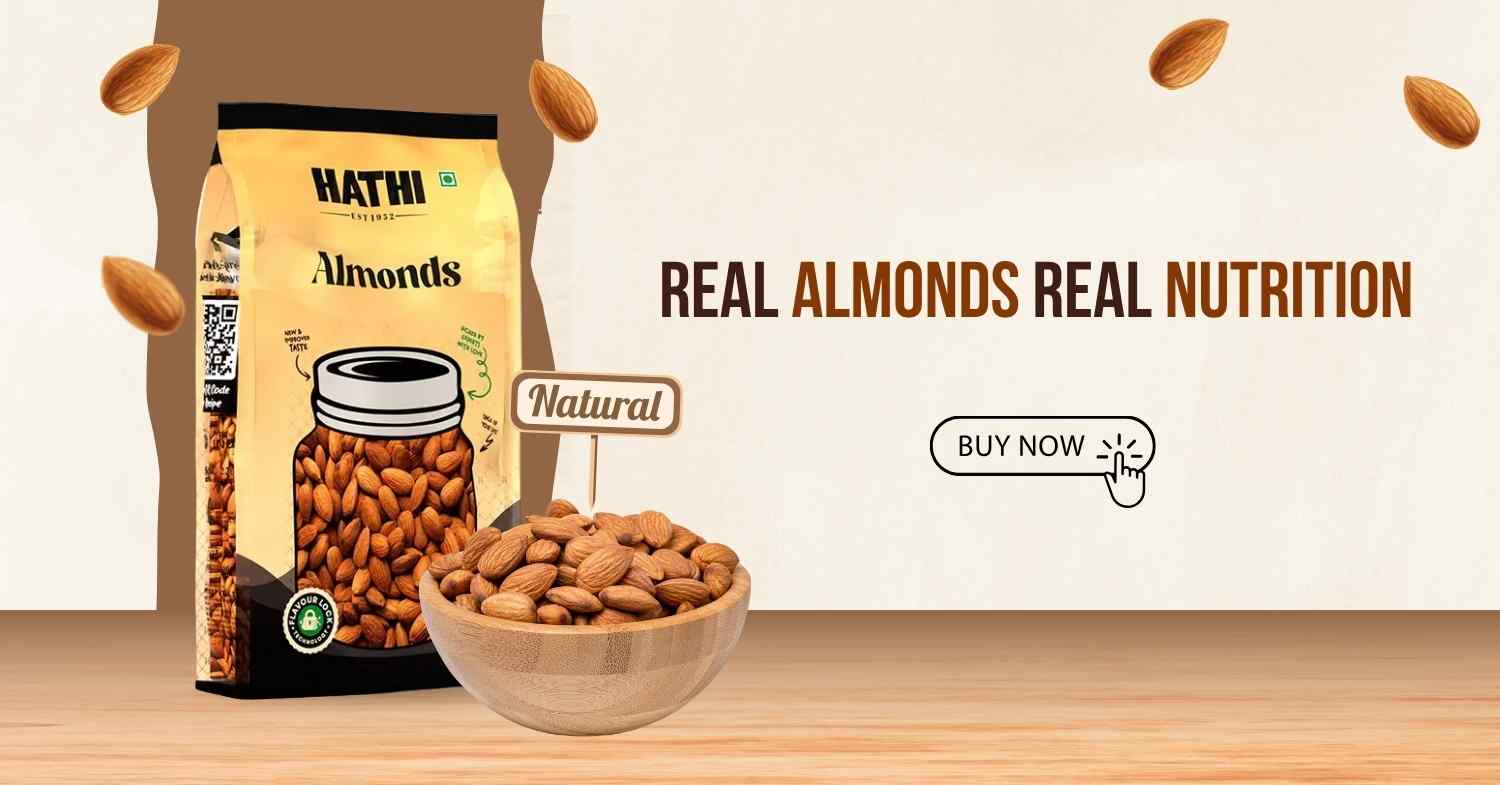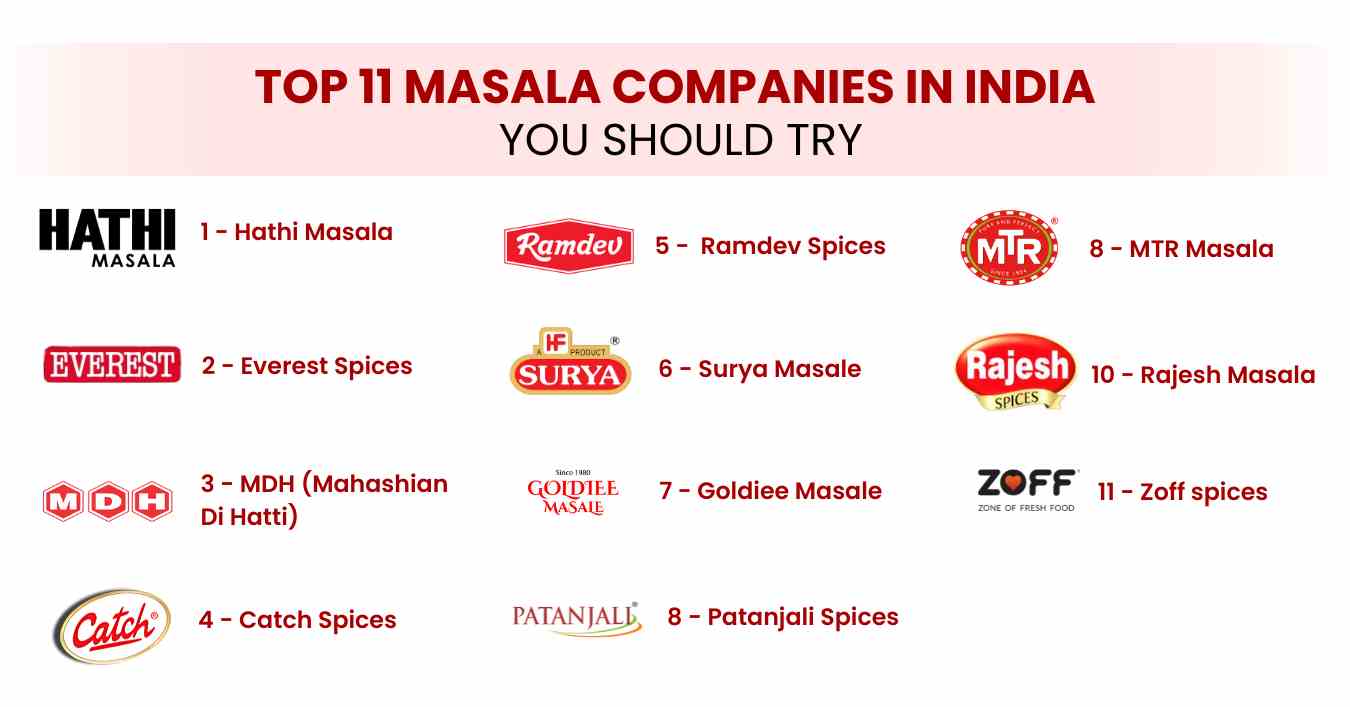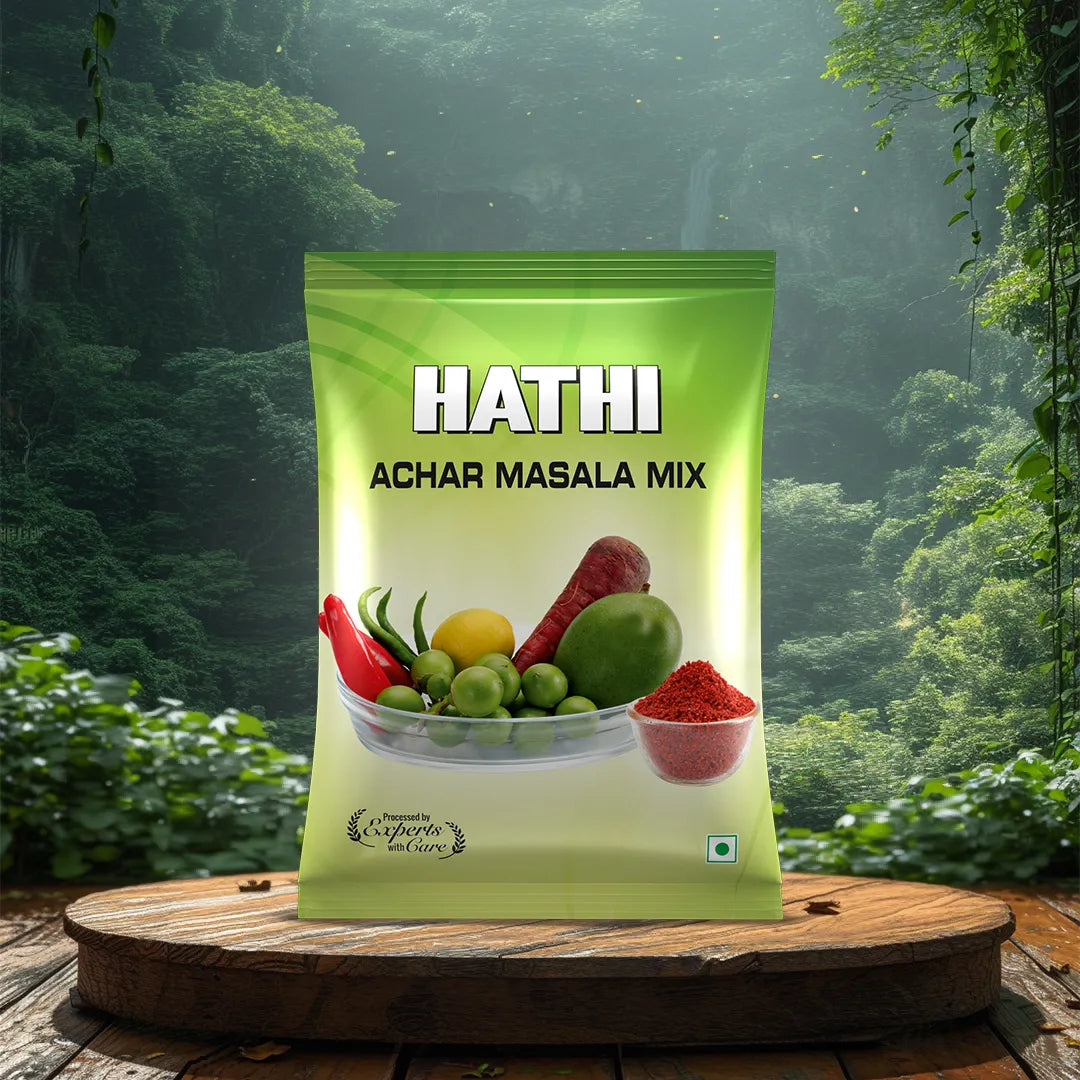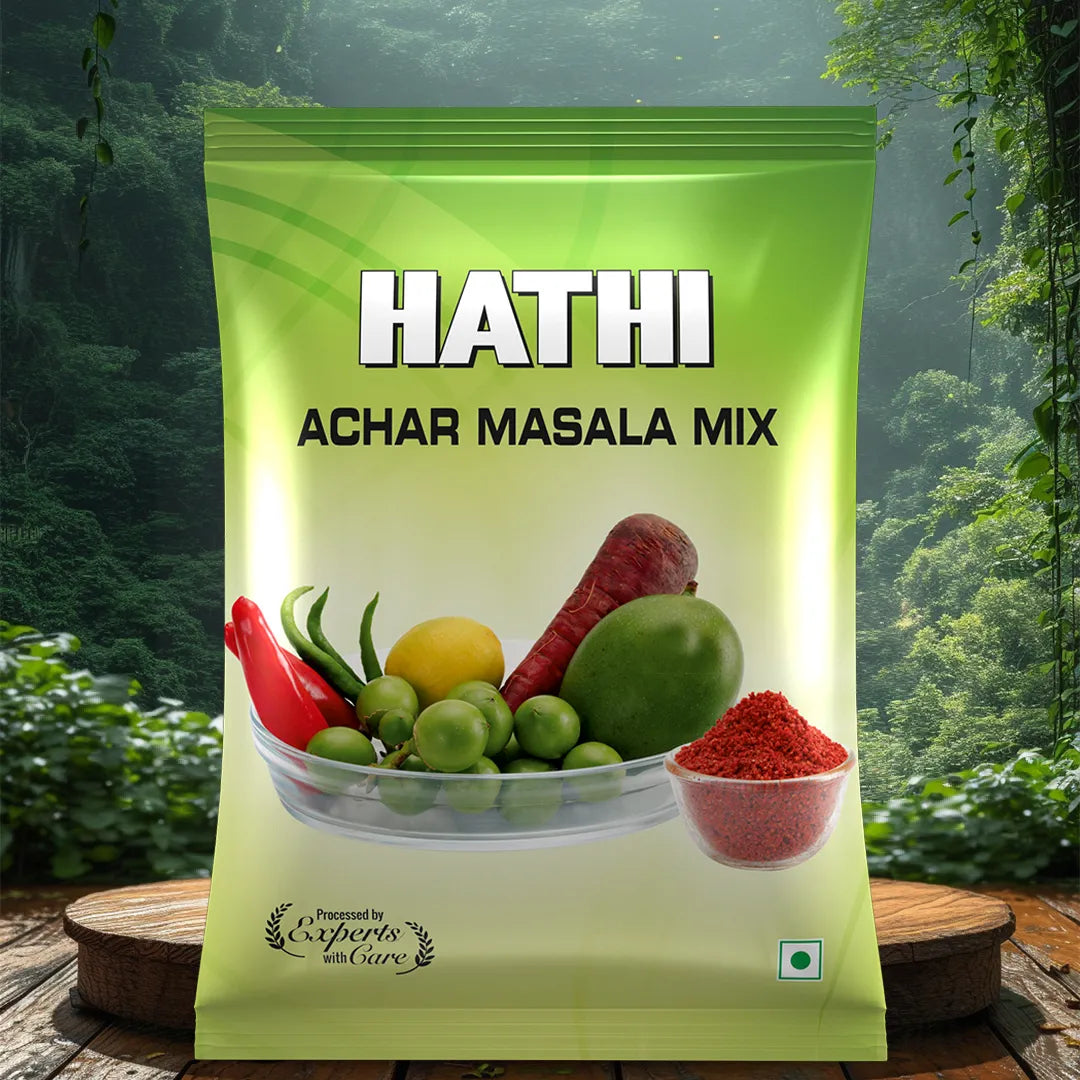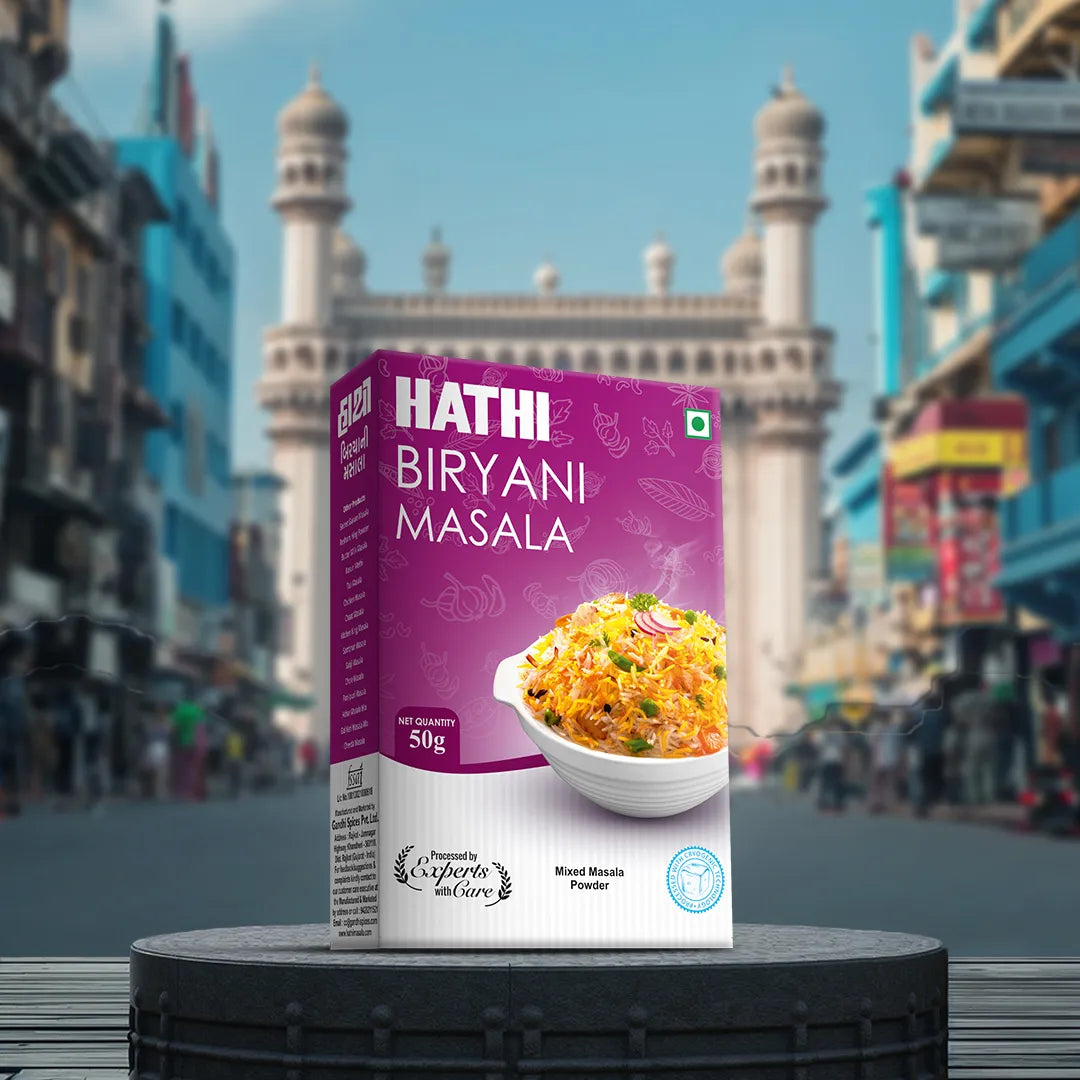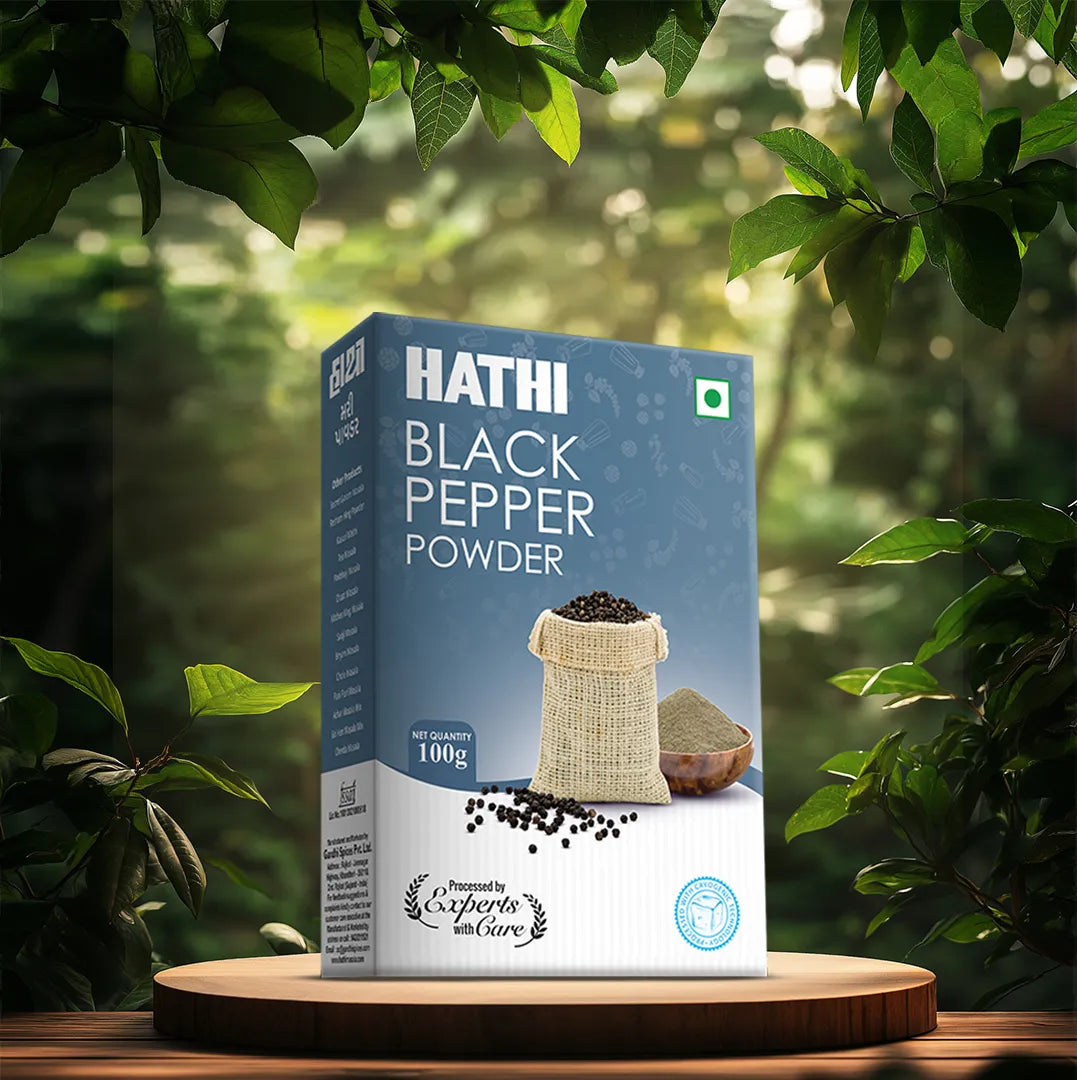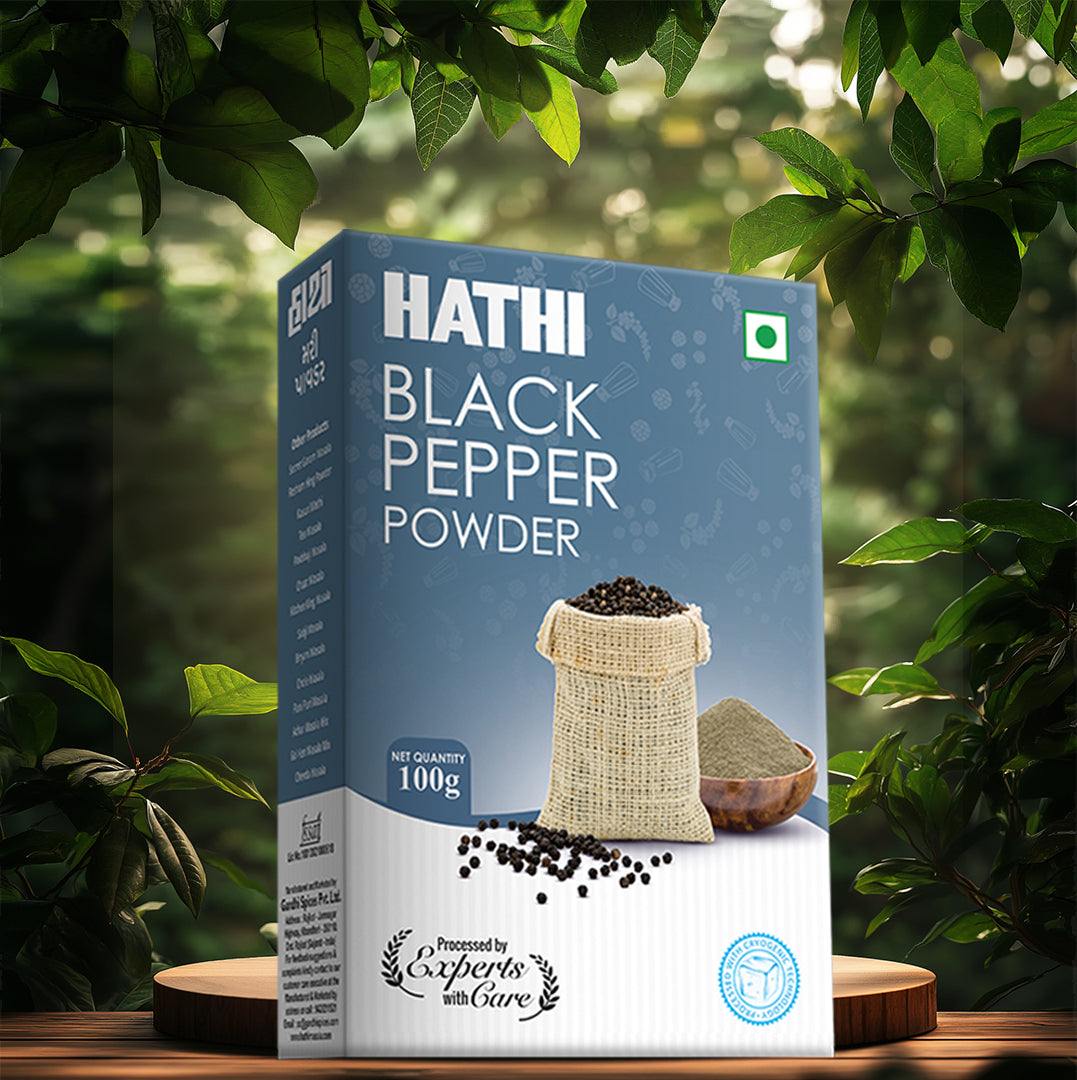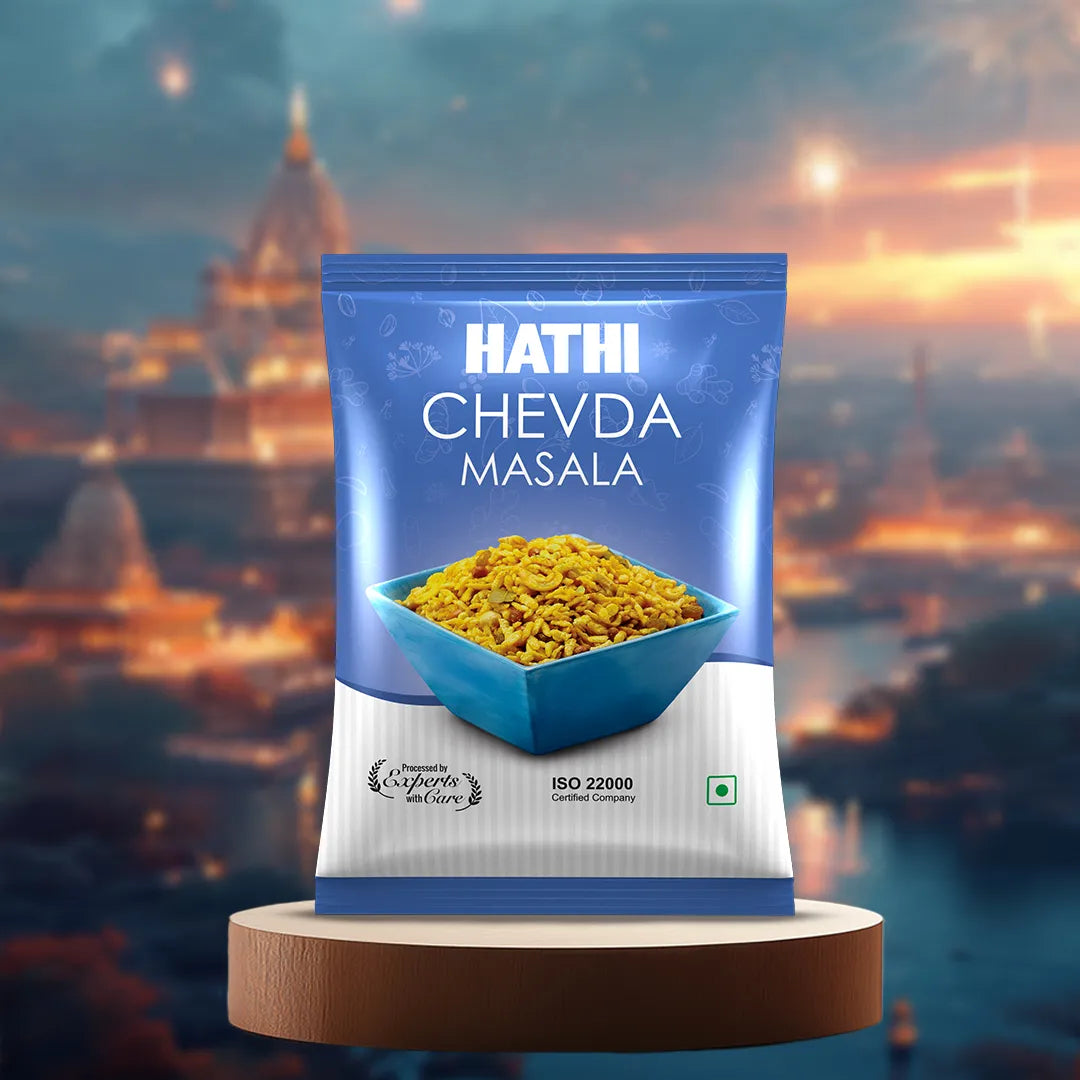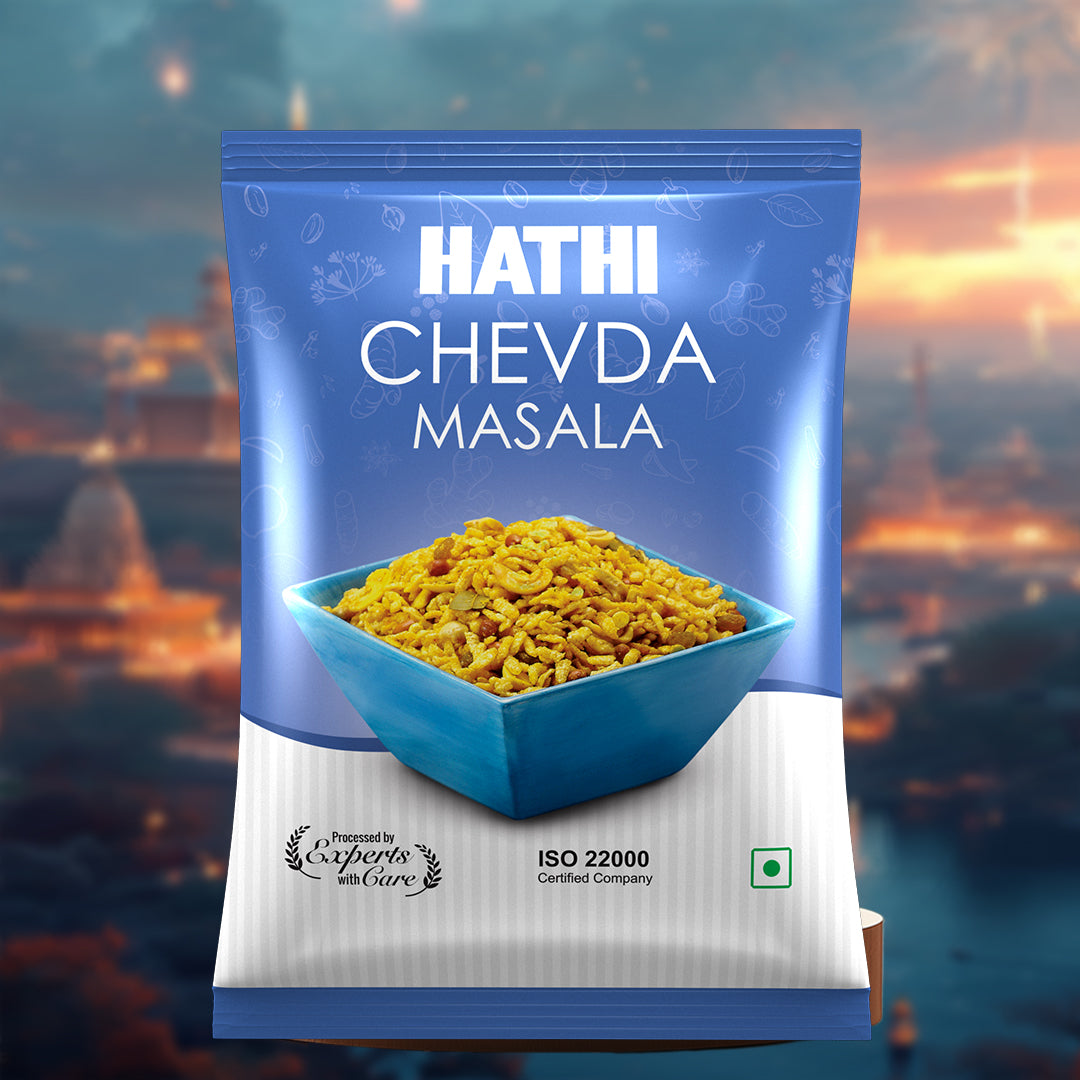India is the largest producer, consumer, and exporter of spices in the world. From red chilies to turmeric and black pepper, Indian spices are recognized globally for their aroma, flavor, and color. But what if we told you those wonderful attributes might be lost when spices are ground by traditional methods?
Cryogenic Grinding Technology is a new process that is revolutionizing the spice industry in India by capturing every ounce of natural quality, extending shelf life, Temperature and increasing commercial value!
Try Hathi Masala's Premium-quality spices Today!
What is Cryogenic Grinding Technology?
Cryogenic grinding refers to the use of low temperatures to reduce spices into a powder using liquid nitrogen (LN₂) prior to grinding. Because spices have heat-sensitive components such as essential oils, aroma compounds, and pigments, it is critical to use LN₂ to ensure all components remain.
This method is especially beneficial for:
-
Cumin
-
Turmeric
-
Cardamom
-
Cloves
-
Fennel
-
Coriander
-
Black pepper
Key Characteristics of Cryogenic Grinding:
-
Temperature: as low as -196°C
-
Uses liquid nitrogen to freeze and embrittle spices
-
Minimizes thermal degradation
-
Ensures high product quality and fine particle size
Why Traditional Grinding Methods Fall Short

Conventional grinding generates heat through friction, which:
-
Destroys volatile oils and aroma
-
Fades color of spices
-
Leads to clumping/stickiness
-
Reduces nutritional and therapeutic properties
-
Causes shorter shelf life due to microbial growth
For a country like India, where spices are used not only in cooking but also in Ayurvedic and cosmetic formulations, these issues can lead to major losses.
How Cryogenic Grinding Works: Step-by-Step Process
Cryogenic grinding is a low-temperature grinding process that utilizes liquid nitrogen (LN₂) to keep heat-sensitive materials such as spices the same way. Here's the process, straight through:
Step 1: Pre-Cooling the Material
Before grinding, the raw spice material (e.g., turmeric, black pepper, or cumin) is pre-cooled using liquid nitrogen.
-
Why: The pre-cooling process makes the spice brittle and easier to grind.
-
How: The spice material is put into a chamber for pre-cooling and submerged in liquid nitrogen, chilling the spice to as low as -196°C.
-
Outcome: The spices will become hard and brittle, so they will not become sticky or oily when grinding.
📌 At room temperature, spices are soft and tend to release oils, which leads to product loss. Pre-cooling avoids this.
Step 2: Cryogenic Grinding
Once the material is cold enough, it's placed into the cryogenic grinder.
-
Grinders: They can utilize specialized equipment such as pin mills, hammer mills, or attrition mills that can withstand cryogenic conditions.
-
How It Works: In a closed-loop manner, brittle spices are ground down to a fine powder while more liquid nitrogen is introduced to maintain the cold temperature while grinding.
-
No Heat: Since the material has been frozen, and the chamber has been cooled, there is little friction or temperature rise, allowing for no loss of volatile components.
Step 3: Sieving and Classification
The ground powder goes through a vibrating sieve or classifier to separate the fine powder from larger particles.
-
Fine Powder: Is collected for packaging.
-
Coarse Particles: Are returned to the grinder for reprocessing.
-
Benefit: Provides uniform particle size and uniform product quality.
Step 4: Collection and Packaging
Finally, The powdered product should be placed in moisture and air proof containers to minimize moisture absorption and oxidation.
-
Advantage: Prevents clumping, spoilage, and aroma loss.
-
Common Packaging: Food-grade pouches (flushed with nitrogen) or HDPE containers.
Step 5: Liquid Nitrogen Venting or Recovery
After grinding:
-
Evaporated nitrogen safely vents into the atmosphere.
-
Some systems have a nitrogen recovery option and reuse nitrogen, thereby being cost-effective and more sustainable.
📌 Note: Liquid nitrogen is inert, non-toxic, and leaves no residue in the final product.
Top Advantages of Cryogenic Grinding Technology
-
Superior Aroma and Flavor Retention: Volatile oils allowing spices to retain their rich aroma and flavor are retained, providing ingredients with a more pure and natural flavor.
-
Color Preservation: turmeric retains its vivid yellow color, and red chilies retain their pure red color, enhancing marketability and value.
-
Longer Shelf Life: Low-temperature grinding prevents microbiological growth, allowing products to be on the shelf longer for both domestic and export markets.
-
Minimum Wastage: No lost product due to melting or sticking as required with conventional processes.
-
Fine Powder and Constancy: Produce ultra-fine spice powders available for instant mixes, masalas, and pharmaceuticals.
Why It Matters for the Indian Spice Industry
Annual spice exports from India exceed ₹30,000 crore, and buyers around the world want spices that can be sold as high-quality food ingredients with heat and time stability! Cryogenic grinding could be a great way to help! Here are some potential benefits of cryogenic grinding for the spice industry:
-
Conformity to international formats for food safety (e.g., no solvent residues)
-
Development of value-added products for global marketplaces
-
Increased margins for Indian spice processors
Recent growth in purchases of cryogenic mills is noted mostly in Kerala, Gujarat, Andhra Pradesh, Tamil Nadu, and Rajasthan.
Industries Benefiting from Cryogenic Grinding
Besides the spice industry, cryogenic grinding benefits:
-
Ayurveda & Pharma (heat-sensitive herbs)
-
Cosmetics (aromatic roots and flowers)
-
Food & Beverage (instant mix powders)
-
Perfumes and Essential Oils
Cost & Investment Considerations in India
Initial Setup Cost
-
₹25–70 lakhs depending on capacity and automation level.
Ongoing Costs
-
Supply of Liquid Nitrogen
-
Trained personnel and maintenance
Government Support
-
Subsidies under MSME, PMFME, and Startup India
-
Support from Spices Board of India for tech upgrade
📌 Tip: New startups can also lease cryogenic grinding units before investing.
Challenges with Cryogenic Grinding in India
-
Availability of LN2 in rural areas can be an issue
-
Higher initial cost than traditional systems
-
Requires trained labor and safety protocols
But with the increasing demand for quality, these challenges are temporary and solvable with innovation and support.
Future of Cryogenic Grinding in India
Cryogenic grinding is still in its infancy in India, but interest from international buyers, government incentives, and consumer demand for high quality spices, beer, and food products present a bright future ahead.
Companies that invest in advanced cryogenic technology today will certainly dominate the value-added sector tomorrow.
Hathi Masala: Leading the Spice Industry with Cryogenic Grinding Technology in India
Respected in the Indian spice market, Hathi Masala is committed to producing high-end spices using cryogenic grinding technology. Hathi Masala is synonymous with unmatched aroma and nuclear product quality in the spice market. Hathi Masala is the leader in innovative spice processing.
Here are the ways cryogenic grinding has proved invaluable for getting the best quality spices:
-
Retain the natural aroma and flavor in spices like turmeric, cumin, and chili
-
Consistently deliver bright colors with no fading that impress consumers internationally
-
Deliver products with extended shelf life and purity
-
Accurately grind food products and maintain hygienic standards globally
This very innovative use of technology is one of the key reasons why Hathi Masala is regarded as one of the best spice brands in India, trusted in a million homes, and used by chefs who believe only the best will do.
By investing in cryogenic grinding early, Hathi Masala has set a benchmark for quality in the spice industry, proving that innovation and tradition can go hand in hand.
Try Hathi Masala's Premium-quality spices Today!
FAQs: Cryogenic Grinding in Spice Manufacturing
Can cryogenic grinding be used on all spices?
Cryogenic grinding is only useful for spices where the compounds of interest have high volatility, like cumin, fennel cumin, cloves, turmeric, cardamom, etc. In cases of less aromatic spices, cryogenic grinding can still provide benefits, with cumulative results seen through color/texture attributes.
Is the technology suitable for food applications in India?
Yes, crying grinding is approved by FSSAI. Cryogenic grinding is used around the world in food-grade applications.
Is liquid nitrogen safe for food?
Liquid nitrogen is totally safe for use with food. Once the liquid nitrogen evaporates, it completely evaporates and has no reactions. Liquid nitrogen is safe and nontoxic when handled properly.
What type of grinder is used in a cryogenic grinding process?
A specially manufactured cryogenic attrition (or pin) mill made of stainless steel and built specifically for low-temperature operations is used for cryogenic grinding.
Can small businesses adopt this technology?
Yes. Companies now have compact, mobile cryogenic systems that are used in the form of community processing units as well as lease applications.
Conclusion
Cryogenic Grinding Technology is not just a trend—it’s a transformative solution for India’s spice manufacturing industry. It ensures premium quality, aroma preservation, and long shelf life, all while meeting global food safety standards.
With rising consumer demand and a booming export market, now is the perfect time for Indian spice manufacturers—big or small—to embrace this cold innovation and stay ahead in a competitive industry.


